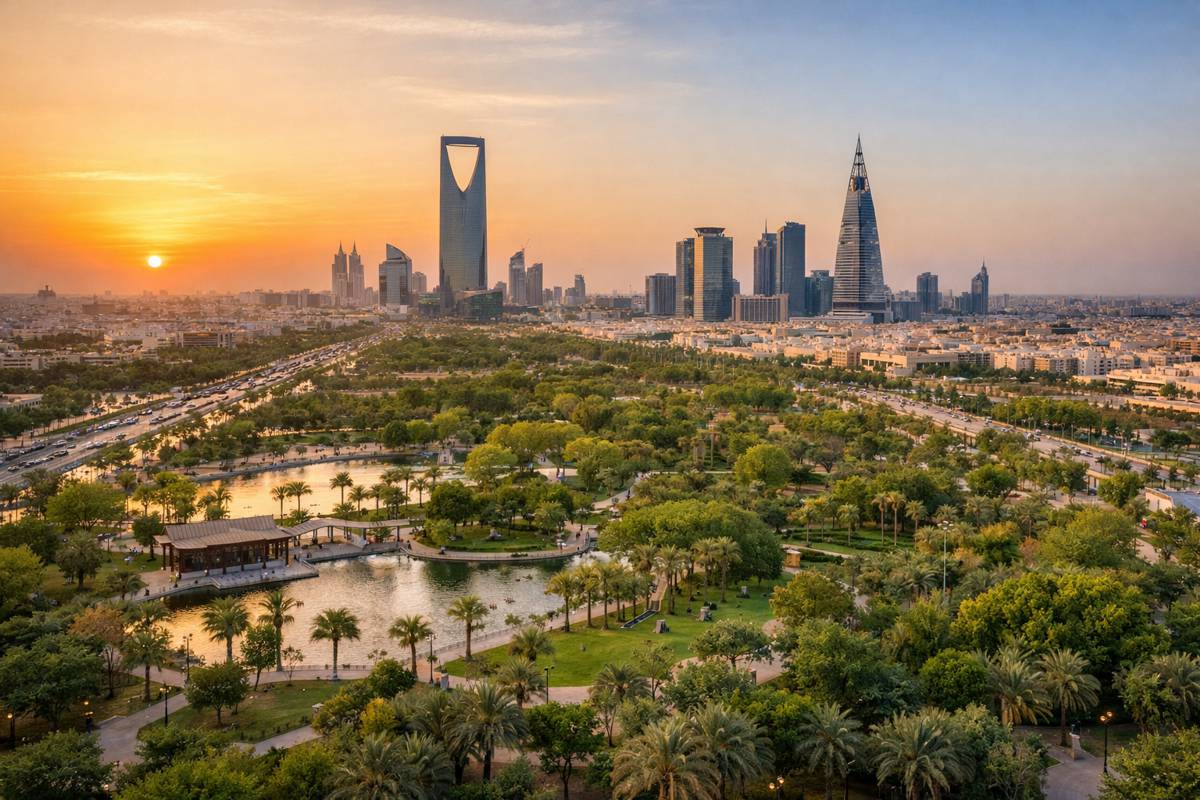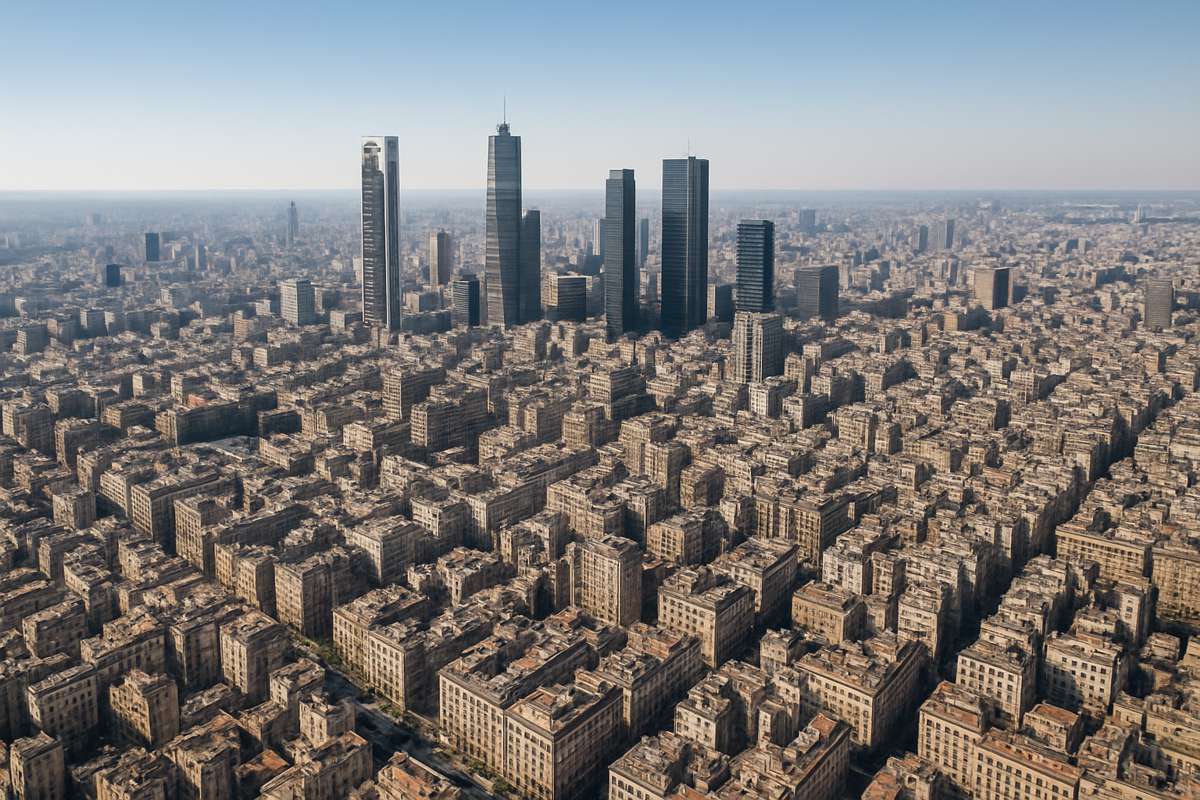Improve urban planning with Superblocks to make Cities more liveable
Cities face challenges from rising heat, noise and air pollution, and dwindling green spaces – due to climate change and population growth.
How can we tackle them? “A crucial factor is urban planning. The design and use of street space influences the residents’ quality of life and has the potential to significantly improve urban climate,” explains Empa researcher Sven Eggimann. In a new study, he investigated which city layouts offer potential for implementing so-called Superblocks and where this principle could be applied.
Inner qualities
A typical Superblock, as found for example in Barcelona, consists of 3×3 city blocks, each separated by (outer) streets. Within the blocks, the streets are free from through traffic. This allows the redesign of this interior space in order to use it in alternative ways.
Since streets in today’s urban areas account for a significant share of the total area, this urban design offers great potential. In European cities, the share of streets typically lies between 15 and 25 percent. “Redesigning street space within Superblocks offers new opportunities to adapt cities to climate change by using it to implement heat mitigation measures,” says Eggimann.
Wanted: the ideal Superblock locations
Of course, not all existing cities can or should now simply be redesigned according to the “Superblock principle”. That’s why Sven Eggimann has developed a methodology to identify urban areas that actually lend themselves to a Superblock design.
It is thus possible to identify city layouts similar to Barcelona’s, taking into account factors such as the topology of the road network and population density. Eggimann has applied this approach to various cities around the world to evaluate how many streets could actually be transformed using the Superblock principle. He has also taken into account that the redesign should not overly disrupt the traffic in the city. Therefore, he excluded for example Superblocks with a major road running through them.
The results varied from a few percent to more than a third of the streets in a city that could be redesigned. Interestingly, cities with a less grid-like street layout than Barcelona would also be suitable for Superblocks. However, cities such as Mexico City, Madrid and Tokyo showed the greatest potential.
“The study shows that many cities have the opportunity to redesign at least parts of their neighbourhoods and streets in the sense of the Superblock design. This presents an opportunity to make urban neighbourhoods more attractive by focusing on people rather than vehicles. More space for green areas and pedestrians would be an important step towards more sustainable and liveable cities,” says Sven Eggimann.
The researcher sees potential in this urban design also for Switzerland: “Swiss cities are also facing a variety of challenges due to the advancing climate change and urbanization. Whether these should be met with the help of Superblock design should definitely be examined in more detail.”




















